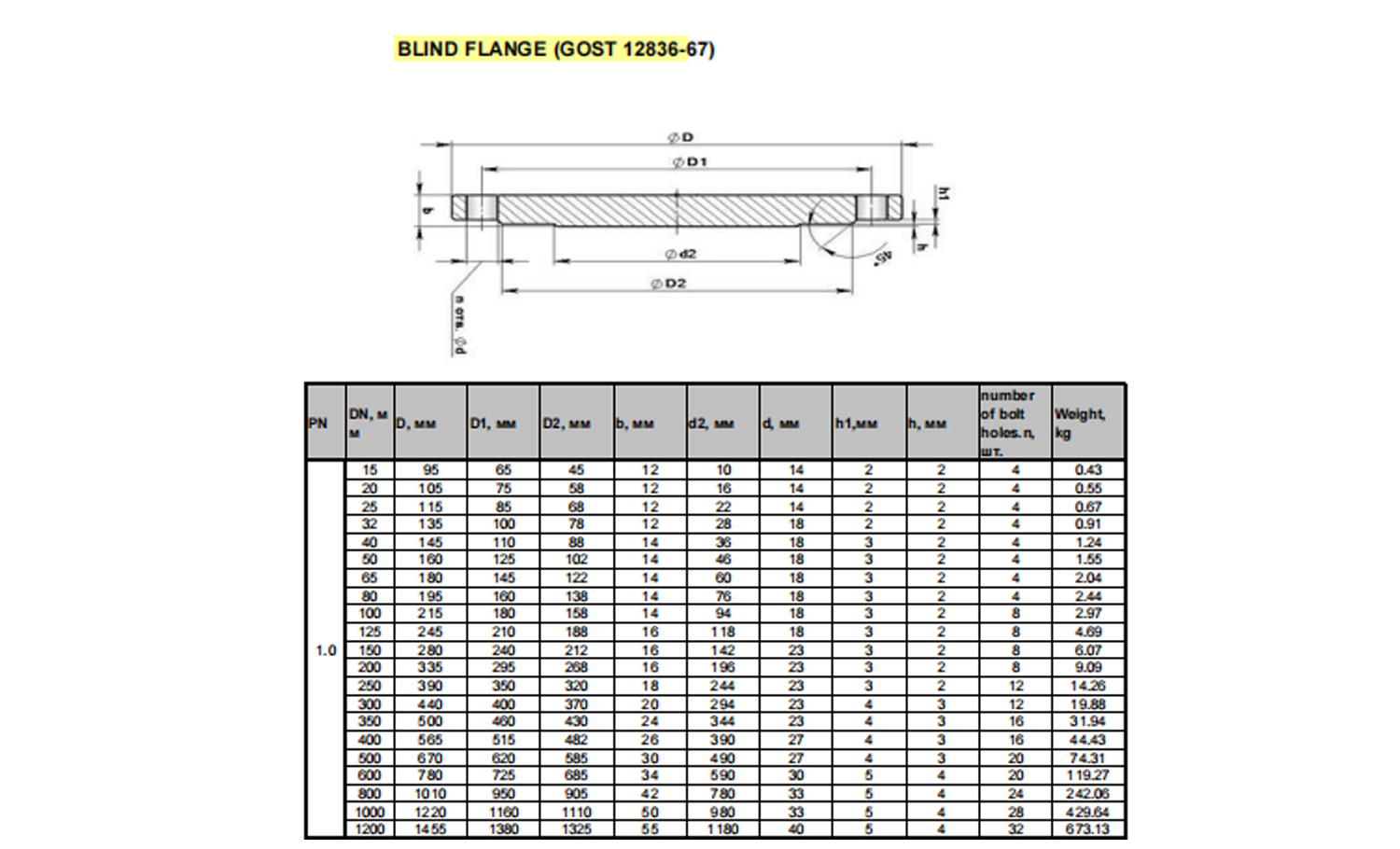-
Cangzhou Yulong Steel Co., Ltd.
-
Phone:
+86 13303177267 -
Email:
admin@ylsteelfittings.com
- English
- Arabic
- Italian
- Spanish
- Portuguese
- German
- kazakh
- Persian
- Greek
- French
- Russian
- Polish
- Thai
- Indonesian
- Vietnamese
- Zulu
- Korean
- Uzbek
- Hindi
- Serbian
- Malay
- Ukrainian
- Gujarati
- Haitian Creole
- hausa
- hawaiian
- Hebrew
- Miao
- Hungarian
- Icelandic
- igbo
- irish
- Japanese
- Javanese
- Kannada
- Khmer
- Rwandese
- Afrikaans
- Albanian
- Amharic
- Armenian
- Azerbaijani
- Basque
- Belarusian
- Bengali
- Bosnian
- Bulgarian
- Catalan
- Cebuano
- China
- China (Taiwan)
- Corsican
- Croatian
- Czech
- Danish
- Esperanto
- Estonian
- Finnish
- Frisian
- Galician
- Georgian
- Kurdish
- Kyrgyz
- Lao
- Latin
- Latvian
- Lithuanian
- Luxembourgish
- Macedonian
- Malgashi
- Malayalam
- Maltese
- Maori
- Marathi
- Mongolian
- Myanmar
- Nepali
- Norwegian
- Norwegian
- Occitan
- Pashto
- Dutch
- Punjabi
- Romanian
- Samoan
- Scottish Gaelic
- Sesotho
- Shona
- Sindhi
- Sinhala
- Slovak
- Slovenian
- Somali
- Sundanese
- Swahili
- Swedish
- Tagalog
- Tajik
- Tamil
- Tatar
- Telugu
- Turkish
- Turkmen
- Urdu
- Uighur
- Welsh
- Bantu
- Yiddish
- Yoruba

Aug . 31, 2024 14:58 Back to list
concentric reducer fitting
Understanding Concentric Reducer Fittings in Piping Systems
In the world of piping systems, ensuring a seamless flow of liquids and gases is paramount. One crucial component that plays a pivotal role in achieving this is the concentric reducer fitting. This article delves into what concentric reducers are, their importance in piping systems, and the factors to consider when selecting and installing them.
A concentric reducer fitting is a type of pipe fitting used to connect two pipes of different diameters in a way that maintains the central alignment of both pipes. Unlike eccentric reducers, which offset the centerline, concentric reducers provide a more uniform and symmetrical transition between the larger and smaller pipe. This design is particularly beneficial in applications where a consistent flow and pressure are essential.
The primary purpose of a concentric reducer is to allow for a gradual change in the diameter of the pipe, which helps to minimize turbulence and pressure loss in fluid flow. When a fluid flows through a pipeline, sudden changes in diameter can cause disruptions, leading to decreased efficiency and potential damage to the system. By utilizing a concentric reducer, engineers can ensure that the transition is smooth, maintaining the velocity and reducing the risk of cavitation and other flow-related issues.
Concentric reducers are widely used in various industries, including petrochemical, water treatment, HVAC (heating, ventilation, and air conditioning), and food and beverage processing. Their versatility and effectiveness in handling different fluid types make them an essential component in the design of many piping systems.
When selecting a concentric reducer fitting, several factors should be taken into consideration
concentric reducer fitting

1. Material The choice of material is critical for the longevity and efficiency of the fitting. Common materials include stainless steel, carbon steel, PVC, and bronze. The selection often depends on the fluid being transported, temperature, pressure, and environmental conditions.
2. Pressure Rating Different applications require different pressure ratings. It is essential to choose a reducer that can withstand the operating pressure of the system to prevent leaks or ruptures.
3. Size Compatibility The sizes of the larger and smaller pipes must be compatible with the concentric reducer. Proper measurements ensure a snug fit, which is crucial for preventing leaks.
4. Installation Method Concentric reducers can be welded, threaded, or flanged depending on the piping system's design and requirements. It’s essential to consider the installation method during the selection process to facilitate easy integration into the existing system.
5. Standard Compliance Ensure that the reducers meet the relevant industry standards and specifications. This compliance is often a prerequisite for safety and regulatory purposes.
In conclusion, concentric reducer fittings are vital for maintaining an efficient and reliable piping system. Their ability to facilitate smooth transitions between different pipe diameters not only enhances flow efficiency but also reduces the risk of potential system failures. By carefully considering the factors discussed when selecting these fittings, engineers and technicians can ensure their systems operate optimally and sustainably, meeting both safety and performance standards.
Latest news
-
ANSI 150P SS304 SO FLANGE
NewsFeb.14,2025
-
ASTM A333GR6 STEEL PIPE
NewsJan.20,2025
-
ANSI B16.5 WELDING NECK FLANGE
NewsJan.15,2026
-
ANSI B16.5 SLIP-ON FLANGE
NewsApr.19,2024
-
SABS 1123 FLANGE
NewsJan.15,2025
-
DIN86044 PLATE FLANGE
NewsApr.19,2024
-
DIN2527 BLIND FLANGE
NewsApr.12,2024
-
JIS B2311 Butt-Welding Fittings LR/SR 45°/90° /180°Seamless/Weld
NewsApr.23,2024











